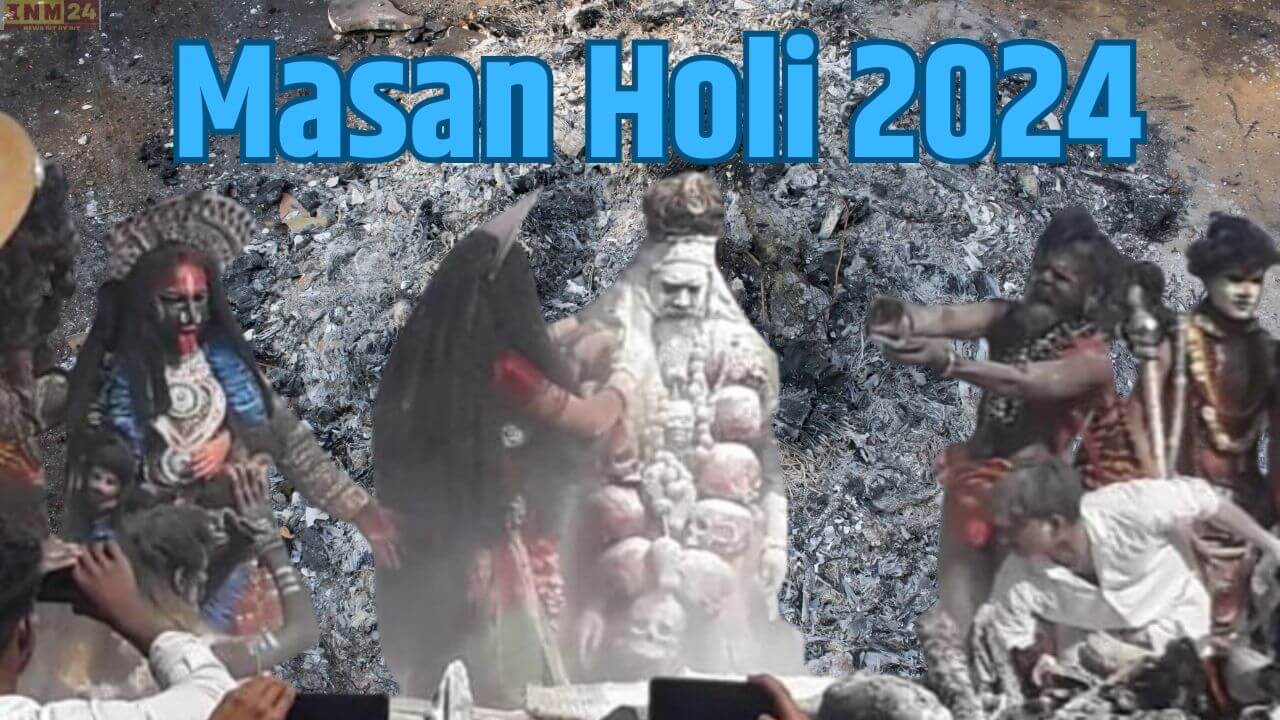Varanasi, one of India’s oldest cities, is renowned for its rich cultural heritage and vibrant festivals. Among these celebrations, Masan Holi holds a special place, characterized by its unique rituals and traditions.
Masan Holi, also known as the Holi of the cremation grounds, is celebrated in Varanasi with great enthusiasm and fervor. It is an integral part of Indian traditions and is marked by the playing of colors and festivities associated with the festival of Holi.
The significance of Masan Holi lies in its distinctive customs. Here, Aghoris (ascetic Shaiva sadhus) and saints participate in the celebration, playing Holi with the ashes of cremated bodies. This tradition is deeply rooted in the cultural fabric of Varanasi and is aimed at honoring Lord Shiva’s connection with cremation grounds and the spirit world.
The origin of Masan Holi dates back to the mythology of Lord Shiva playing Holi with ghosts and spirits. Legend has it that Lord Shiva, unable to play Holi with Goddess Parvati due to prior commitments, later engaged in the festival with ghosts and spirits at the Manikarnika Ghat in Varanasi.
The celebration of Masan Holi provides a unique spiritual experience, offering devotees and participants an opportunity to connect with the divine in a profound manner. The participation of Aghoris and saints adds to the sanctity and mystique of the event, making it a significant aspect of Varanasi’s cultural landscape.
How Masan Holi is celebrated: During Masan Holi in Varanasi, participants gather at the Manikarnika Ghat, one of the oldest and most sacred cremation grounds in the city. Aghoris and saints apply the ashes of cremated bodies on their bodies, resembling the traditional use of colored powders during Holi celebrations. The entire Manikarnika Ghat resonates with the chants of “Har Har Mahadev” (Hail Lord Shiva), creating a spiritually charged atmosphere.
Masan Holi is a testament to the rich tapestry of traditions and beliefs that define Varanasi’s cultural identity. It serves as a reminder of the city’s timeless connection to spirituality and the eternal cycle of life and death.
